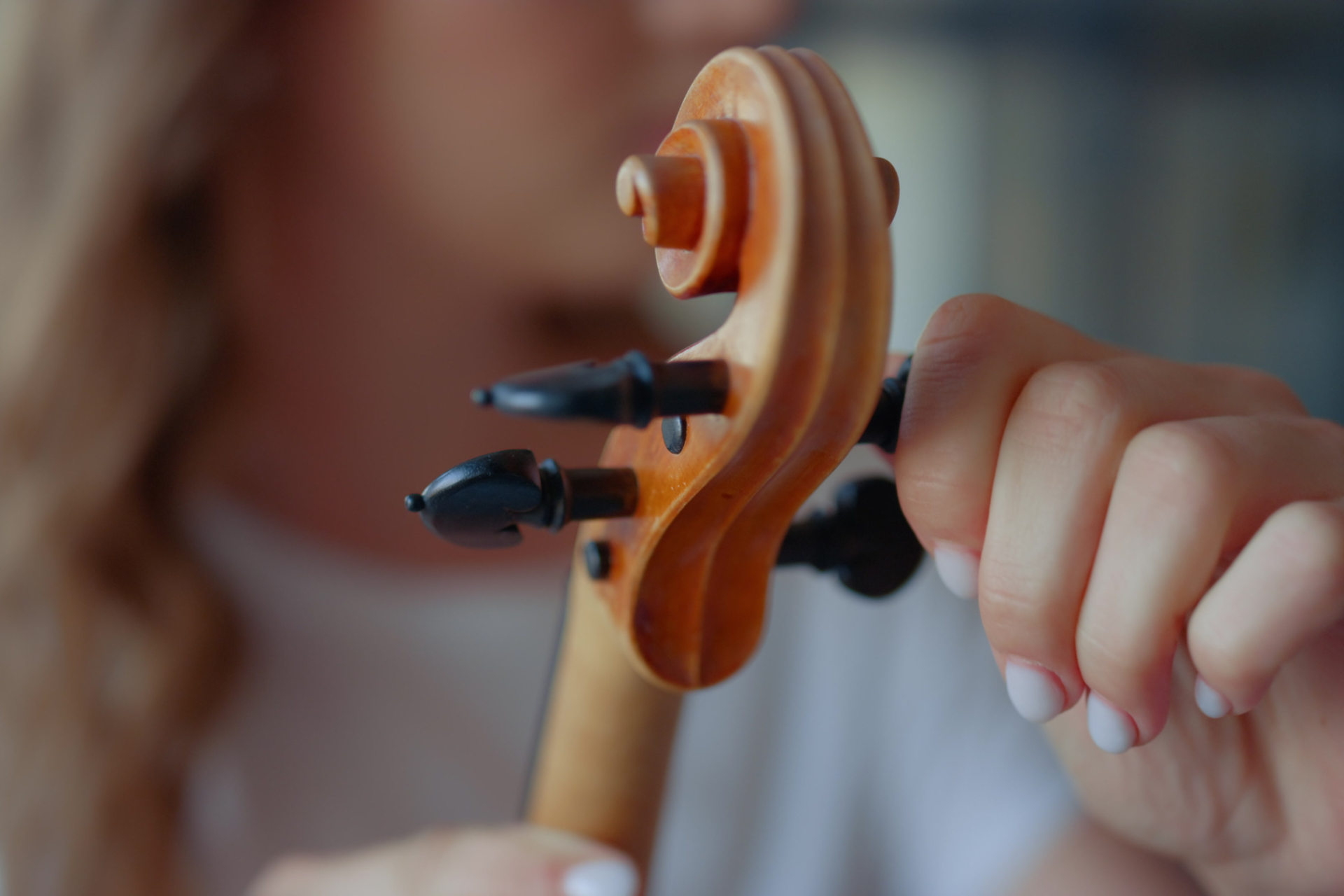General Articles
-
A Beginner’s Guide to Tuning Violins, Guitars, and Setars
This article introduces beginners to the essential skill of tuning violins, guitars and setars. It covers step by step tuning methods, helpful tips, common challenges and practical advice for keeping each instrument sounding its best.
-
The Beauty of Handcrafted Instruments and Why They Matter
Handcrafted instruments offer a level of beauty, character, and musical expression that mass-produced instruments cannot match. Built with care, tradition, and artistic precision, each one carries a unique voice and emotional depth. This article explores why handcrafted instruments matter, how they elevate a musician’s experience, and why they continue to play an important role in preserving culture and inspiring creativity.
-
How Rhythm and Melody Support Mental Healing
This article explores the powerful connection between rhythm, melody and mental healing. It explains how music affects the brain, reduces stress and supports emotional balance by triggering positive chemicals and calming rhythmic responses. Readers will learn how different instruments, guided musical activities and simple daily listening habits can help improve mental well being. Whether through playing, singing or mindful listening, rhythm and melody offer accessible tools for emotional support and personal healing.
-
Top Christmas Songs That Sound Amazing on Guitar
This article explores the best Christmas songs that sound beautiful on guitar. Learn why these classics shine on acoustic and electric guitars and discover which tunes are perfect for beginners and advanced players during the holiday season.
-
How to Train Your Ear for Guitar Tone Recognition
Training your ear to recognize guitar tones is one of the most valuable skills a guitarist can develop. By learning how to identify brightness, warmth, clarity and other tonal characteristics, players gain greater control over their sound and a deeper understanding of how guitars, amps and effects shape every note. This guide explores practical listening techniques, tone comparisons and exercises that help musicians sharpen their tonal awareness and confidently recreate the sounds they hear.





